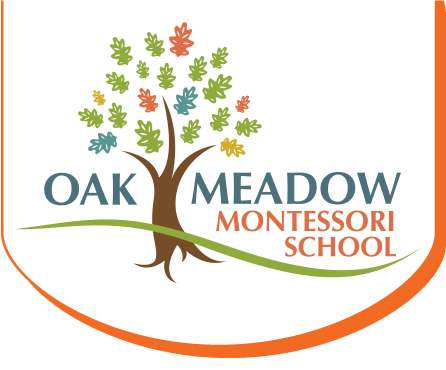“You are trapped in a haunted pumpkin patch. In order to escape, you will need to complete all of the tasks you are given. You only have thirty minutes until spooky creatures will find you.”
That was the introduction given to the students in Mrs. Princi’s and Ms. Cunha’s upper elementary class this week for a Halloween challenge: an interdisciplinary activity integrating math, engineering, problem-solving, and teamwork skills.

Teams at work
The students start by meeting in their morning circle. “What is teamwork?” asks the teacher. The students join in: “working together”…“teamwork is fun”…”if you can’t figure out a challenge, then you can ask for help from someone on the team, and figure out how to solve the problem.”
“Communication is the key,” the teacher points out, as she prepares the students for the challenge ahead. “It’s important to listen to each other and not shut each other down. What if one person on the team is doing everything? Is that working as a team? Being on a team means taking turns, and everyone’s voice is heard. This activity is not really a competition. Success today is about working collaboratively as a team.”
The students separate into four groups. They start with a decoding activity to find hidden words. The clues are layered and intricate, and each clue leads to a solution that points the way to the next clue. All of the puzzles are related to Halloween themes, like pumpkins and spiders. For instance, students need to learn about how pumpkins grow, and all of the steps involved in selecting a pumpkin and turning it into a jack-o-lantern. “Why is it important to leave the stem in the pumpkin?” is one of the puzzles. The students discover that a pumpkin will rot more quickly when the stem is removed.

Testing out engineering solutions
The classroom is alive with activity. Students are learning from experience about the value of listening to each other and working collaboratively. They’re also learning that it is much harder to solve a problem when each team member is not actively involved. Quickly the students realize the benefits of dividing up a variety of tasks to make the most efficient use of time and the best allocation of team talents. Tasks include uncovering more facts, decoding messages, and recording results. “Take a breath,” the teacher reminds them. “Make sure you all agree before you move ahead.”
The final phase of the challenge is to create a bridge-like structure that will allow the pumpkin to escape from the pumpkin patch by being elevated off the ground, away from spooky creatures. Students are given a generous supply of candy corn pumpkins and toothpicks as building materials. Their challenge: design and build a bridge-like structure using these materials to support the weight of a 15-pound pumpkin. “You will need to channel everything you are learning in math and science to solve this challenge,” the teacher chimes in. “Remember, work as a team. Think about your design first before you start building.”

The final test
The final team outcomes are mixed. Some teams are able to elevate the pumpkin off the ground, but only barely. Others try many possible solutions in the limited time available, but don’t succeed. All of the students, however, learn important lessons. They gather valuable experience in working as a team. They come to see first-hand why it is important to listen and to better appreciate each team member’s strengths. And even when bridge designs fail, they learn something more about the challenge of designing and building structures.
Mr. D’Amore has been teaching science to the 5th graders this year. He told me, “We have been exploring building challenges. We started by exploring what shape of structure would hold the most weight: circles, triangles, or squares. Students had to determine which shape would support the greatest weight of books. The answer turned out to be a cylinder. Students also explored the thickness of the materials used, and found through their experiments that the thickness of the material matters significantly in the result.”
“Sometimes,” Mr. D’Amore shared, “students learn lessons that you didn’t expect or plan for.” That certainly happened today in the imaginary pumpkin patch. Students learned that candy corn pumpkins are not very stable, and can easily deteriorate even more depending on how the toothpick is inserted. That may not have been a lesson planned or anticipated by the teacher, but for the students this is all about practical experience, about formulating ideas, learning from trial and error, working as a team, and gaining more knowledge through hands-on experience. Each successive experience creates a deep impression for students that supports their academic progress, both in deepening their knowledge and expanding their skills.





